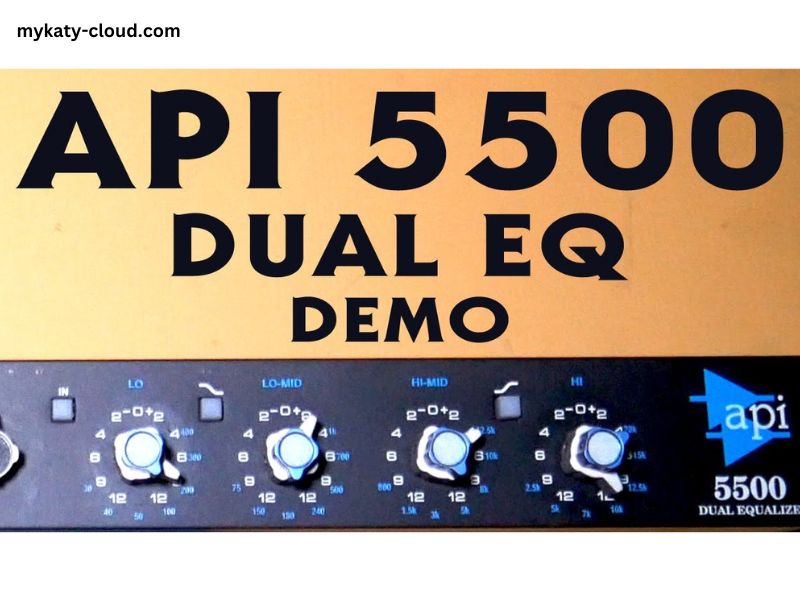The world of APIs (Application Programming Interfaces) is continually evolving, with new standards, versions, and regulations being introduced regularly. One of the most recent developments that have caused quite a stir in the industry is the phenomenon of API 5500 numbers coming off. This change has implications for various stakeholders, including developers, businesses, and end-users. In this comprehensive article, we will delve into what API 5500 numbers are, why they have come off, and the potential impact on the industry.
What Are API 5500 Numbers?
Before diving into the recent changes, it’s essential to understand what API 5500 numbers are. In the context of APIs, the 5500 series is often associated with specifications, guidelines, or versions of a particular API or a set of APIs. These numbers are crucial identifiers that help developers, businesses, and regulators maintain consistency, ensure compliance, and manage version control.
API 5500 numbers typically represent a specific version or iteration of an API, which has undergone various updates and improvements over time. These versions are vital for ensuring that applications and services built on top of these APIs can function correctly and remain compatible with other software components.
The Significance of API 5500 Numbers
API 5500 numbers are not just arbitrary labels; they carry significant importance in the tech industry. These numbers are often used to denote critical updates, bug fixes, security patches, and new features that have been incorporated into the API. When a new API version is released, developers and businesses need to update their systems to ensure they are using the latest and most secure version.
Furthermore, API 5500 numbers also play a crucial role in regulatory compliance. Many industries, such as finance, healthcare, and telecommunications, are subject to strict regulations that mandate the use of specific API versions to ensure data security and privacy. Failing to comply with these regulations can result in severe penalties and legal repercussions.
The Process of API Versioning
To fully grasp the impact of API 5500 numbers coming off, it’s essential to understand the process of API versioning. API versioning is the practice of assigning unique version numbers to different iterations of an API. This practice allows developers to introduce new features, make improvements, and fix bugs without disrupting existing applications that rely on the API.
There are several methods of API versioning, including:
- URI Versioning: The version number is included in the API’s URL, making it easy for developers to specify which version they want to use.
- Header Versioning: The version number is specified in the request header, allowing for more flexibility in version management.
- Query Parameter Versioning: The version number is passed as a query parameter in the API request, offering another method for specifying the desired version.
- Content Negotiation: The client and server negotiate the API version based on the content type, which can be useful in certain scenarios.
Each of these methods has its advantages and disadvantages, and the choice of versioning strategy depends on the specific needs of the API provider and its users.
Why Have API 5500 Numbers Come Off?
The recent development of API 5500 numbers coming off has raised several questions and concerns within the industry. To understand why this has happened, we need to explore the potential reasons behind this change:
- End of Life (EOL) for the API Version: One of the most common reasons for an API version to be retired or “come off” is that it has reached its end of life (EOL). When an API version is no longer supported, it means that the provider will not release any more updates, bug fixes, or security patches for that version. As a result, developers and businesses must migrate to a newer version to ensure continued functionality and security.
- Introduction of a Major Update: Another reason for API 5500 numbers coming off could be the introduction of a significant update or a new API version that renders the previous version obsolete. In such cases, the older version may be deprecated or retired to encourage users to transition to the latest version, which offers improved features, performance, and security.
- Regulatory Changes: In some industries, regulatory bodies may mandate the use of specific API versions to comply with new laws or standards. If an API version is no longer compliant with these regulations, it may be retired, prompting the need for businesses to switch to a compliant version.
- Security Concerns: Security is a critical concern in the API ecosystem. If a particular API version is found to have vulnerabilities that cannot be easily patched, the provider may decide to retire that version to protect users from potential threats. In such cases, the API 5500 numbers associated with that version would come off, signaling that it is no longer safe to use.
The Impact of API 5500 Numbers Coming Off
The retirement of API 5500 numbers can have far-reaching implications for various stakeholders in the industry. Let’s explore how this change might affect different groups:
1. Developers
For developers, the removal of API 5500 numbers means that they must adapt to the new reality by updating their applications to work with the latest API versions. This process can be time-consuming and resource-intensive, especially if the new version introduces significant changes that require extensive code modifications.
Developers must also ensure that their applications remain compatible with the new API version while maintaining backward compatibility for users who may not have updated yet. This can be a delicate balancing act that requires careful planning and testing.
2. Businesses
Businesses that rely on APIs for their operations must also take proactive steps to ensure that their systems remain functional and secure. The removal of API 5500 numbers could mean that certain features or functionalities are no longer available, requiring businesses to find alternative solutions or workarounds.
Additionally, businesses must consider the potential cost implications of migrating to a new API version. This may involve investing in new development resources, training staff, and updating documentation to reflect the changes.
3. End-Users
End-users may experience disruptions or changes in the services they use if the API 5500 numbers they rely on are no longer supported. For example, certain features may no longer be available, or the user experience may be affected if the transition to a new API version is not seamless.
To minimize the impact on end-users, businesses and developers must communicate the changes clearly and provide support during the transition period. This can help ensure a smooth transition and maintain user satisfaction.
Best Practices for Managing API Version Changes
Given the potential challenges associated with API 5500 numbers coming off, it’s essential to follow best practices for managing API version changes. Here are some strategies to consider:
1. Plan for Deprecation
API providers should have a clear deprecation policy that outlines the timeline and process for retiring old API versions. This policy should be communicated to all stakeholders well in advance to give them ample time to prepare for the change.
2. Provide Clear Documentation
Comprehensive documentation is critical for helping developers and businesses understand the changes introduced in the new API version. This documentation should include detailed information about new features, changes to existing functionality, and any breaking changes that could affect compatibility.
3. Offer Support and Resources
During the transition period, API providers should offer support and resources to help developers and businesses migrate to the new version. This could include providing code samples, migration guides, and access to technical support.
4. Maintain Backward Compatibility
Whenever possible, API providers should strive to maintain backward compatibility with previous versions. This can help minimize disruptions and make the transition to a new version smoother for all stakeholders.
5. Monitor and Test
Both API providers and users should monitor and test their systems regularly to ensure that they are functioning correctly with the new API version. This can help identify and address any issues before they impact end-users.
Conclusion
The phenomenon of API 5500 numbers coming off is a significant event in the API ecosystem, with far-reaching implications for developers, businesses, and end-users. Understanding the reasons behind this change, as well as the potential impact, is crucial for navigating the transition smoothly.
By following best practices for managing API version changes and staying informed about industry developments, stakeholders can minimize disruptions and continue to deliver high-quality services to their users. As the API landscape continues to evolve, staying adaptable and proactive will be key to success.




